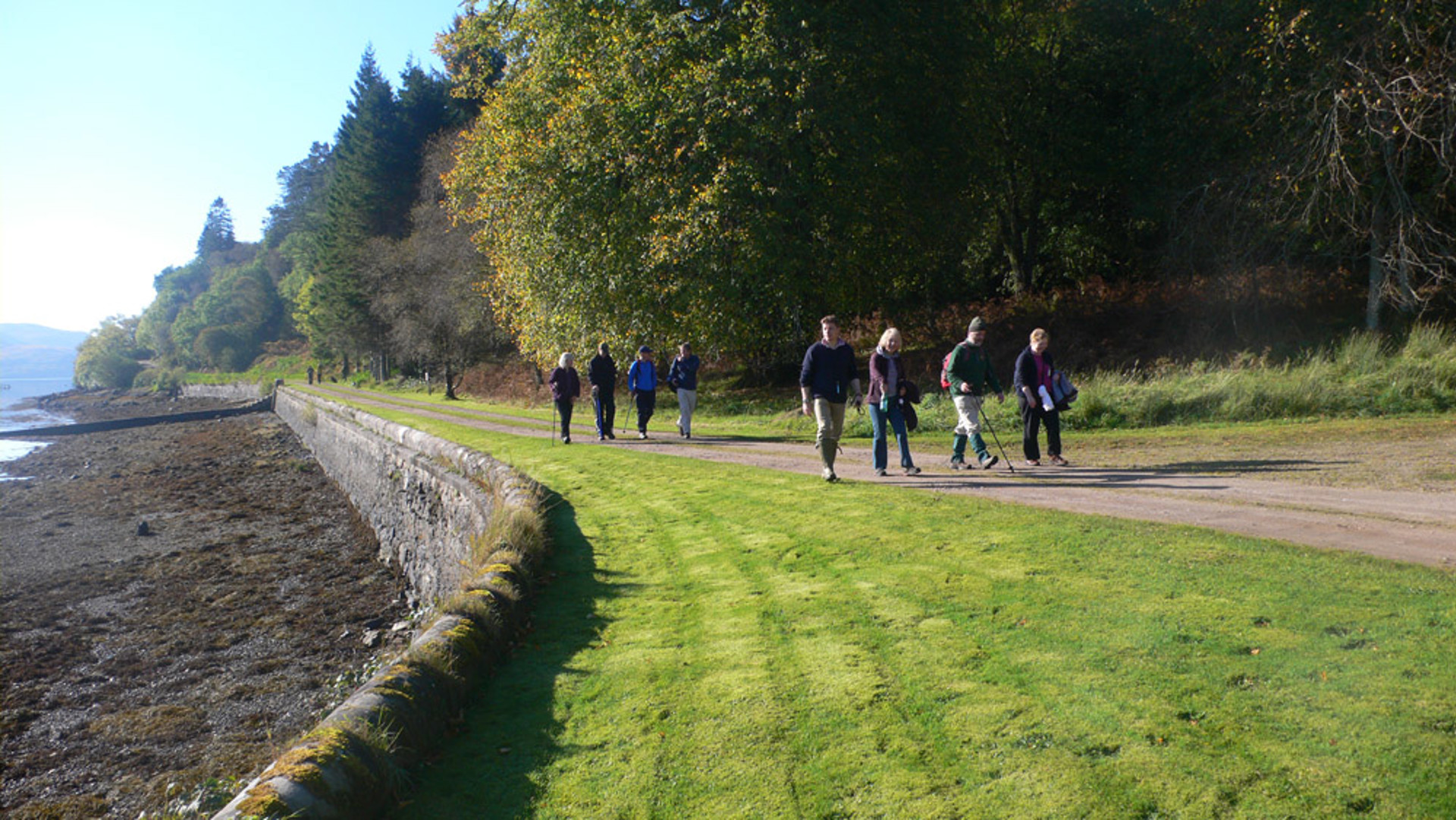Foraging with Heathery Heights: The old ways in an ancient forest
Venturing off-path and into the vibrant woodland, we slowly explored the lush green forest floor: the slopes, roots, nooks and crannies. Our careful steps were three-fold; to minimise any damage, to avoid branch or rock shaped tripping hazards, and to keep an eye out for any interesting or edible finds.
There were regular stops for close inspections, and in those moments of stillness, I took time not only to observe what was at our feet, or in Heather’s hands, but the dream-like scene which consumed us; the motion of branches in the summer breeze, sunlight pouring through gaps in the trees, and the absence of anything other than nature itself.
This was my first foraging adventure, and here are 6 reasons why this trip with Heathery Heights was such a special place to start.

1) The Heather behind Heathery Heights
Named after the symbolic Scottish flowering plant, Heather is a forager extraordinaire and qualified Mountain Leader with roots in Scotland and stories from all over the world. Raised on outdoor adventures, remote hikes, and sailing trips around the Scottish Islands, Heather’s curiosity and connection with nature was instilled from a very young age; her affinity with the outdoors, and her desire to share it with others, is immediately apparent.
Heather has a passionate and encyclopaedic knowledge of plants, paired with a sharp ability to spot things that the untrained eye would not. Dressed in perfectly fitting shades of purple, Heather lead us into the forest carrying a Red Riding Hood-style basket.

2) The ancient oakwoods
Knapdale is an area of incredible scenic beauty and international importance, boasting a precious and protected tapestry of landscapes and environments: coastline, temperate rainforest and peaty bogland; a mecca for wildlife, rare mosses and lichens. Taynish National Nature Reserve (NNR) is one such wonder and this was the location for our foraging adventure.
Just south of the pretty fishing village of Tayvallich, Taynish NNR can be found on a slender peninsula with the Sound of Jura one side and Loch Sween on the other. An oasis of ancient oakwood with secluded shoreline and peaceful trails, nature has flourished here for around 6,000 years.
Heather’s foraging events take place in different locations around Knapdale with special permission from NatureScot.

3) Learning the skills we’ve lost
Despite our appreciation for nature’s aesthetics and soothing powers, we’re often blissfully unaware of exactly what we’re looking at; whether it is edible or medicinal, and how it can be used. Our ancestors were completely in tune with nature, instinctively living off the land and making full use of its resources.
We no longer rely on these skills for survival; instead we live in a fast-paced modern world where convenience is king, fast food is at our fingertips and single-use plastic is disposed of at an alarming rate. Foraging brings us closer to these ancient ways and allows for an understanding and appreciation of what is often right under our nose.
While I don’t envisage myself as a full-flung forager, our time with Heather got me thinking about the power of plants, where my food comes from, and how to be more resourceful and less wasteful. ‘Food for thought’, you could say.

4) The power of plants
Heather taught us about sustainable foraging; essentially taking no more than you need and leaving no trace of your visit. We learned about flowers, foliage, fungi and fruit; those that benefit us and which are poisonous.
On the shores of Carsaig Bay, we were introduced to sea radish, seaweed and sorrel, and told about the ground coffee-like substance (decaf) which can be made from the seeds of what Scottish kids call “sticky willies”. In the forest, I discovered that bracken is carcinogenic and bog myrtle can be used to repel the dreaded midge.
The humble nettle never fails to impress with its many uses; the most surprising of which was that the fibrous stem was a replacement for cotton in the Germany army uniforms during World War I.

5) A mindful practise
The benefits of time spent in nature are becoming more widely documented and understood, and I can certainly vouch for the positive impact it has on my mental health. Free from distractions and doom-scrolling on devices, foraging sparks a connection and immersion in nature. Your attention is focused on small, simple and scenic details, forcing you to be present and mindful. I was so aware and appreciative of my surroundings.

6) The wild foragers’ picnic
Food is forever the way to my heart and Heather kept us well fed on the hearty, homemade goodies, featuring the foraged fruits of her labour; from nettle brownies on the walk to our delicious, nutritious wild foragers’ picnic she had prepared for us.
We settled at a picnic table within view of the overgrown ruins of Taynish Mill; an 18th century corn mill with its own wee waterfall. Blue skies overhead, we feasted on an impressive spread of chipati, raita, chickpeas, bhajis and salad. Some of the foraged ingredients used in the dishes were wild nettle, hogweed, chantarelle mushrooms, yarrow and water mint. Heather kindly gave us some extra cake for our onward journey, and we toasted our adventure with cups of Burberry hot drink; nature’s own Ribena. Cheers to that!

All images credit to Campbell Captures Scotland.
Blog written by the Chaotic Scot.



